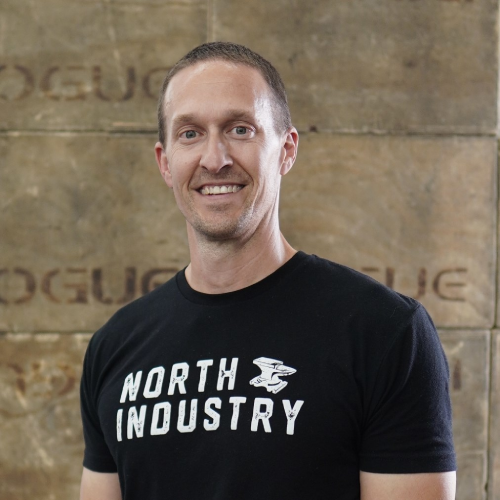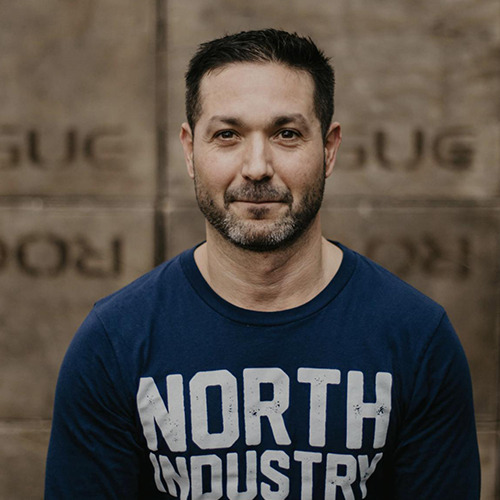One of the most important things we need to learn is how to update our thinking. The world is always changing, and it’s happening faster and faster. Our best hope for understanding, and being able to make accurate decisions, is always with the most up-to-date information.
Take Covid for instance. If you were only focused on information from the first two weeks of the pandemic, four weeks later you were actually falling behind and unable to interpret accurately what was happening (not that anyone had an accurate interpretation early on!). I saw an argument on FB about the virus (that’s weird), where a person was using ideas and stats from the first couple weeks. This was August. I couldn’t believe it. They hadn’t learned or thought anything new about the virus since the first month. That’s what made me think about how important it is to be able to update our thinking. My hope is that talking about this might help all of us realize how important it is and understand how to become more proactive.
There are two main points I want to highlight:
- Updating your thinking is critical for anyone who wants to be accurate in their decision making.
- Being able to update thinking, quickly and with minimal emotion, is a skill which can be learned and improved upon with practice and by using data.
This article will cover point one and point two will be covered in a future article.
Point One
Updating your thinking is critical for anyone who wants to be accurate in their decision making.
Your brain is like a computer. It can only put out what you put in. If you want to understand something, you must first learn about it. And if that thing you’ve learned about has changed in any way, you need to update your thinking with the new information. Otherwise you won’t be able to draw accurate conclusions and make good decisions.
Let’s use a hypothetical example. Imagine you bought a new car a few months ago. As far as you know the car is just fine. But your child grabbed the mail the other day and it happens that a recall notice from the dealership was in it, explaining that the accelerator has been sticking on your vehicle. You should bring your car in immediately, but you didn’t get the notice, so you go on about your life—with the outdated thinking. Hopefully, your car is fine, but if not, not updating what you know with this new information could be catastrophic.
Now of course the recall notice would have been all over the news and the dealership would have been calling (and maybe you don’t have a child) but it illustrates the point—you can’t make good and accurate decisions without having accurate information. There is the world, then there is our interpretation of the world. They are never 100% in alignment. Interpretation is built on our information, and how accurate it is. No one has a 100% accurate interpretation, ever, but our best hope is to try to stay up to date, as best we can.
When it comes to our body, most people receive their “updating” from TV, more specifically the news. This is a bad idea. If you wait for the world (i.e., TV), to tell you what’s new, you will be waiting a long time. That’s because of something called the “Research to Practice Gap”. The Research to Practice Gap is how long it takes for new information on health to essentially become mainstream, or at least used on a somewhat common basis. The average number to move evidence into practice is 17. That’s years. Not weeks or months. Seventeen years. This is a long time to go with outdated information (roughly 25% of your life). So being proactive is really important if you want the best possible chance of living a healthy life. And believe me, the body is one area that is studied continuously, and we are continually making new discoveries.
The challenge is most people don’t have the time, or the expertise to interpret the abundance of new information that is constantly coming out. One of our promises to the people we serve is to stay up to date on the most accurate and current information on health and fitness. Then distill that down to a digestible and useable form. We are here to help people live a healthy lifestyle, and having accurate information is part of that. If you’d like to add us as one of your resources to help you keep your thinking updated on health and fitness, please do.
Okay, that’s it for now. I hope this helps. Look for part two on this topic, where we talk about the emotion that can make updating your thinking difficult, and how to use numbers to your advantage. Thanks for reading.
For a healthier future through personal responsibility,
Dennis Fenrich
Follow me:
@CFNorthIndustry for Twitter
@CrossFItNorthIndustry for Facebook








Pingback: Why We Should Update Our Thinking 2 – CrossFit North Industry